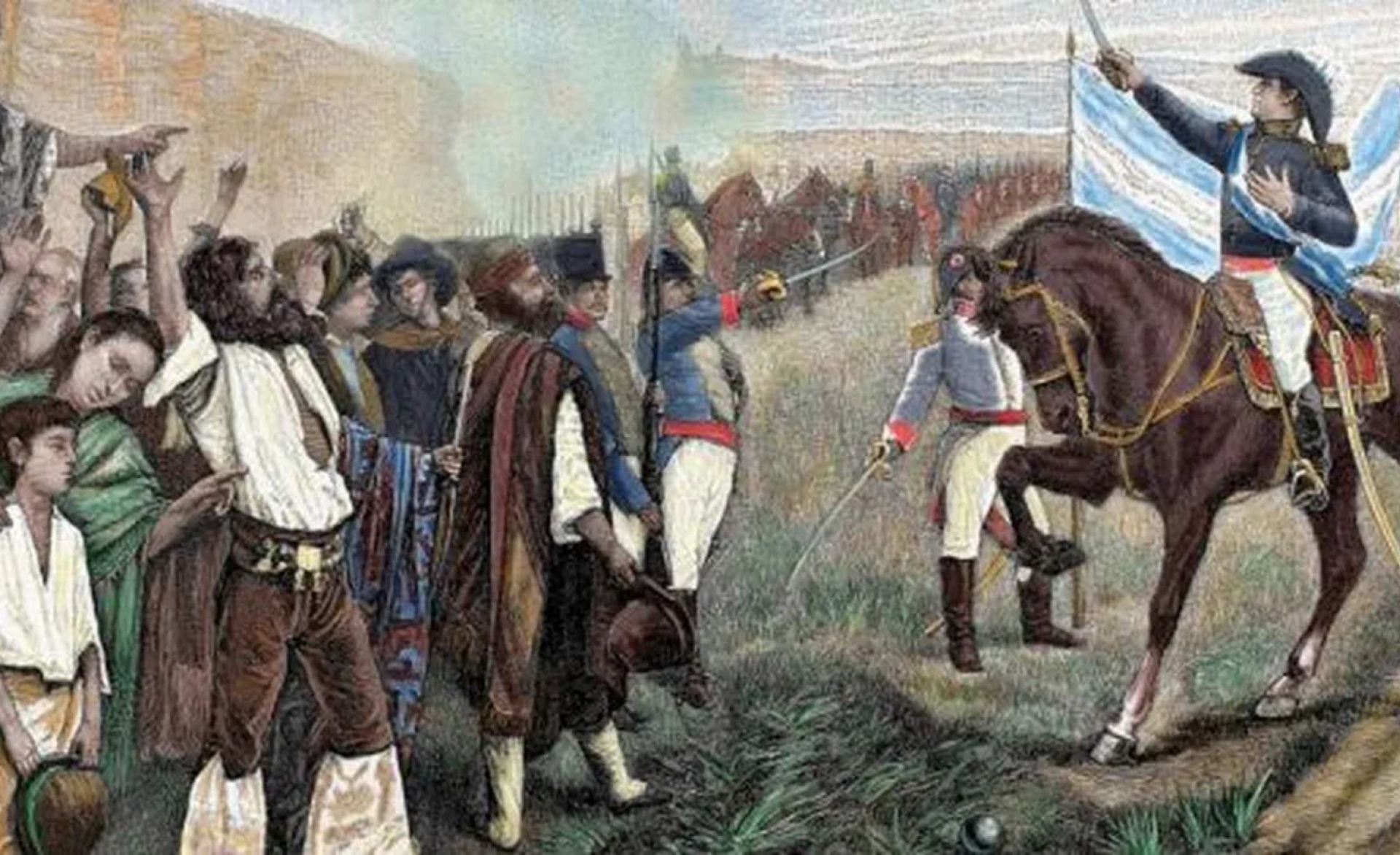On August 23th, 1812, under the command of Manuel Belgrano, the people of Jujuy began the Jujuy Exodus, one of the most significant events in the struggle for independence. Faced with the advance of the royalist army on the northern part of the territory, Belgrano made the decision to order the withdrawal of the population of San Salvador de Jujuy and the Quebrada de Humahuaca, applying the “scorched earth” strategy: abandoning the city, destroying anything that could be useful to the enemy, and moving to Tucumán.
In an act of profound commitment to the patriotic cause, the people of Jujuy accompanied the troops, leaving their homes behind and setting out on the march southward with only the bare essentials. It was an enormous sacrifice: a mass exodus that involved material losses, effort, and the will of an entire people to secure the future of their homeland.
That decision proved crucial in reorganizing the patriotic forces, which weeks later would achieve victory in the Battle of Tucumán. The Jujuy Exodus became a symbol of unity, resistance, and commitment to freedom, and marked a fundamental milestone on the road to independence for the United Provinces of the Río de la Plata.
Today, 213 years after that episode, we pay tribute to the courage and dedication of the people of Jujuy and the leadership of Manuel Belgrano. Their example of unity and sacrifice continues to be a symbol of commitment to independence and national sovereignty.

